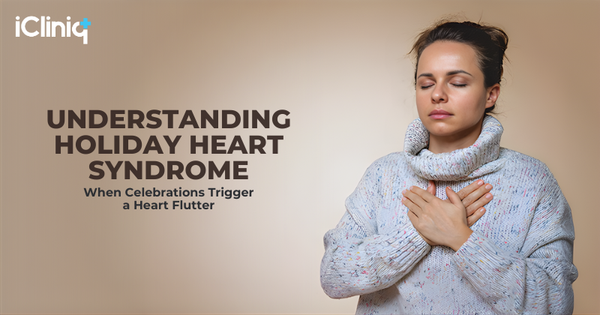Endometriosis: Unveiling the Silent Battle

Imagine experiencing cramping so bad it disrupts your regular life not just once a month but sometimes even in between. That is the reality for millions of women living with endometriosis, a condition where tissue similar to the uterine lining grows outside the uterus, on places like your ovaries or bowels, too. This misplaced tissue acts strangely; it does not shed like standard uterine lining during menstruation, causing inflammation, pain, and scar tissue buildup.
Beyond the Period Pain
Endometriosis is not just about physical symptoms. It is a chronic illness that manifests as pain, fatigue, and infertility, impacting every aspect of life. Women affected by endometriosis frequently experience emotional exhaustion, social isolation, and professional setbacks due to the profound disruption of this condition in their daily lives.
The Silent Struggle
Despite affecting millions of women, endometriosis is widely misunderstood. The path to diagnosis can be long and frustrating, leaving many women feeling alone and unheard. However, there is hope! Online communities are fostering a space for women to share their experiences and find support.
The Whispering Symptoms
Endometriosis presents a range of symptoms that can vary from woman to woman. Starting from painful periods (dysmenorrhea), chronic pelvic pain that worsens during menstruation, painful sex (dyspareunia), bloating, constipation, or diarrhea, especially during periods, and at last, infertility. These symptoms often whisper rather than shout, making them easily overlooked or misinterpreted.
Breaking the Cycle: Managing Endometriosis
Many women with endometriosis fall into a "boom-bust cycle," overexerting on good days and crashing later with severe pain. Therapy can break this cycle by promoting self-compassion and using techniques like EMDR (eye movement desensitization and reprocessing) to address traumas. While traditional pain management might not always help, mindfulness improves body awareness and pain management. Support groups can offer a sense of belonging and shared experiences.
A Holistic Approach to Healing
Though there is no cure for endometriosis, a holistic approach that integrates physical and psychological care can help manage symptoms. Education empowers women, ensuring their concerns are heard and addressed by doctors. Addressing trauma with therapy can alleviate pain and distress. A patient-centered approach, prioritizing well-being with active listening and open communication, is crucial.
Endometriosis should not be a silent struggle. By raising awareness, fostering empathy, and seeking proper treatment, we can rewrite the narrative of endometriosis. Supporting each other and striving for fulfilling lives free from the shadow of chronic pain is key. Let us join hands to ensure that no woman feels powerless in her battle with endometriosis.





